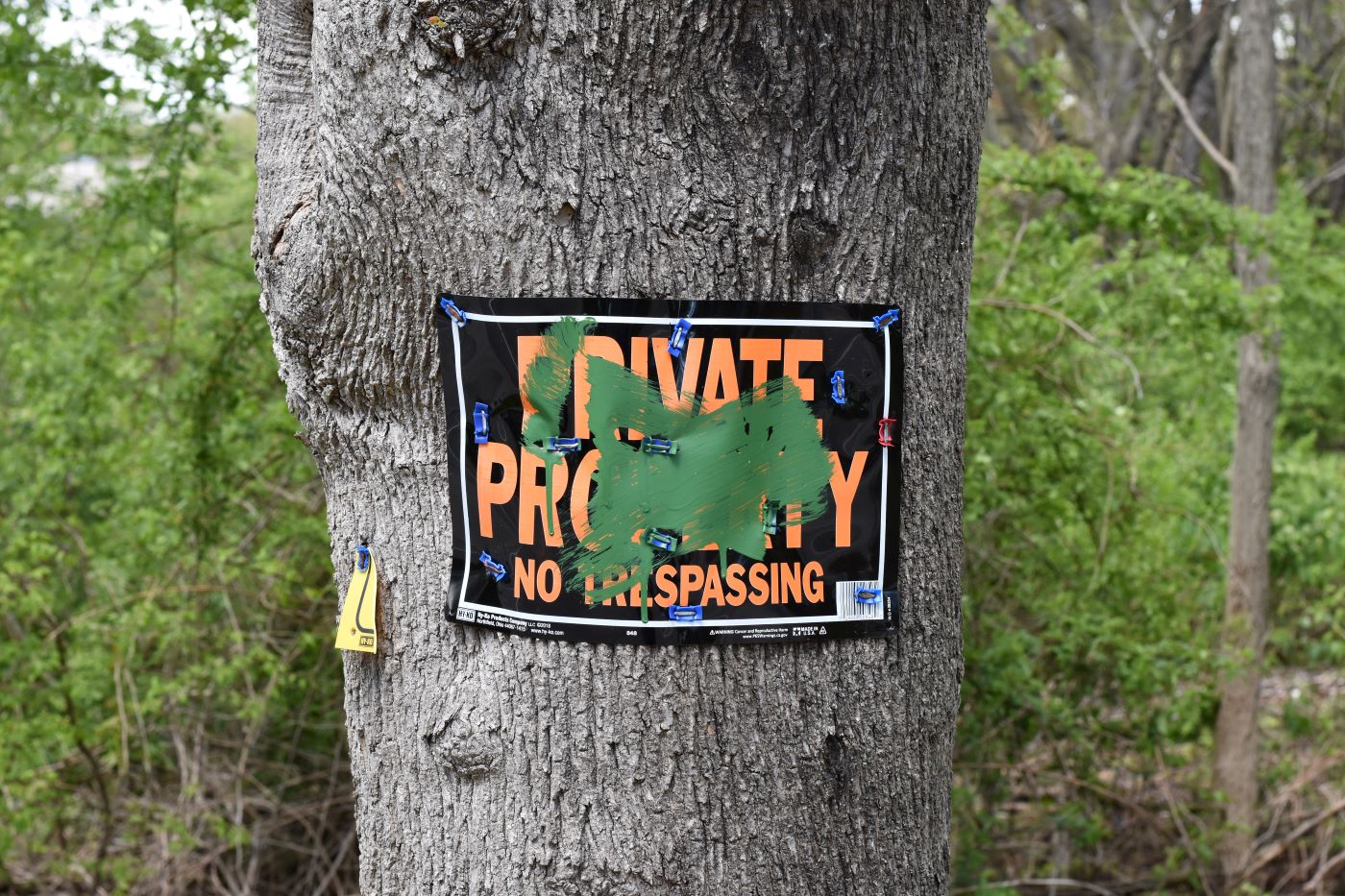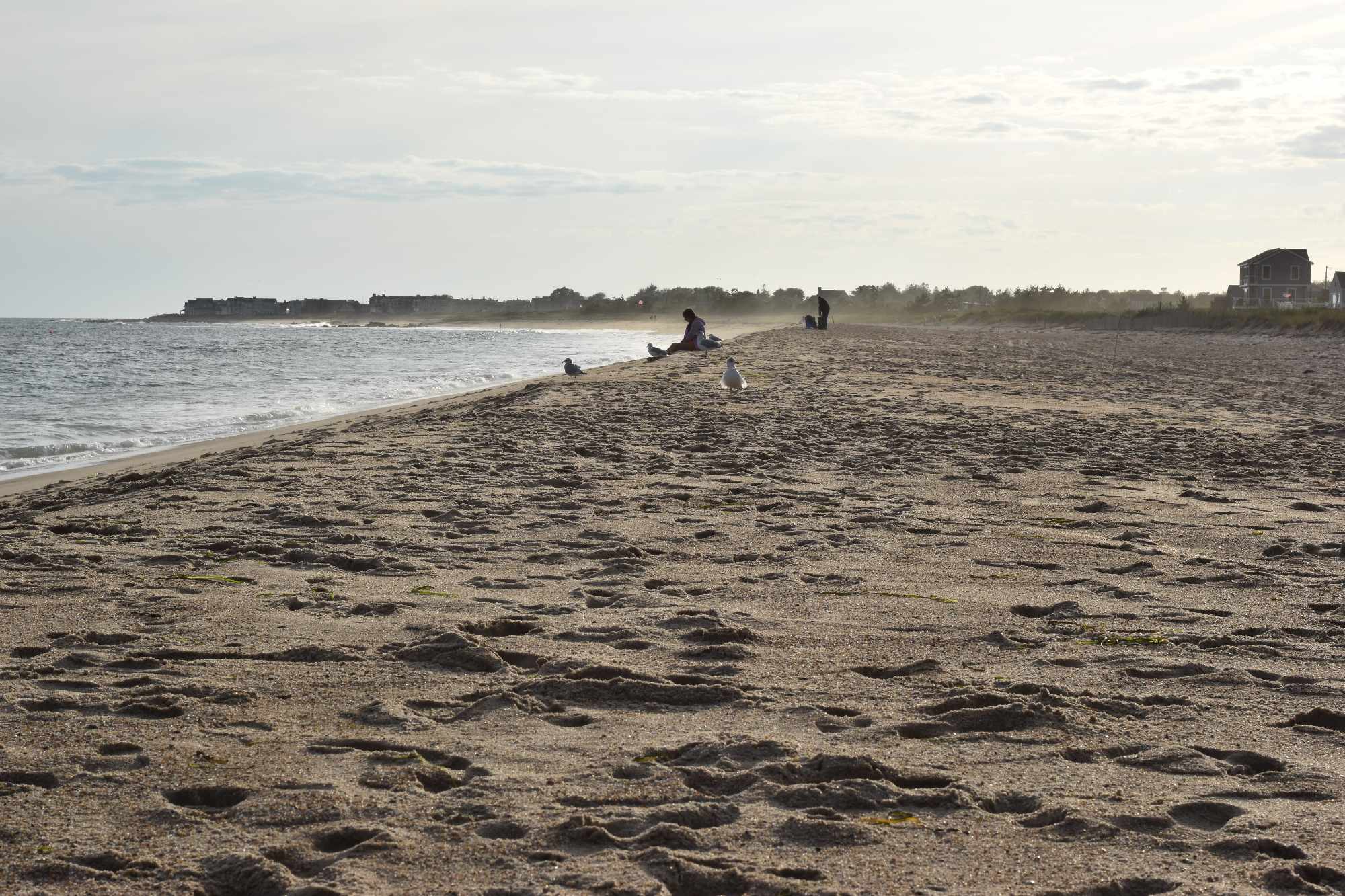Coastal Erosion Growing Problem Along Ocean State’s Shoreline
April 15, 2024
NARRAGANSETT, R.I. — When public officials talk about deficits, they usually include stiff charts, staid graphs, and cryptic high-level discussions about government budgets, but this year the word has a different meaning in some of the state’s coastal communities.
“We’ve had significant erosion with the storms this past winter,” said Michelle Kershaw, Narragansett’s parks and recreation director, about Narragansett Town Beach. “We lost between 10 and 15 feet from the dunes. Not since Hurricane Sandy have we lost that amount of sand in storms.”
Thanks to climate change, Rhode Island’s beaches are running out of sand, and it’s a major concern. From Westerly to Point Judith to Little Compton, many of the beaches in coastal communities that face the Atlantic Ocean are facing a sand deficit; ultimately, more sand is washing off the beaches during storm events and big tides than gets put back by the natural processes of the sea.
For coastal towns like Narragansett, beaches are a famous draw for out-of-state tourists who provide a much-needed summertime steroid for the local economy. According to a report produced for Rhode Island Commerce, tourism brought some 27 million visitors to the state in 2022, who spent about $5 billion in the local economy.
Kershaw, who oversees operations for Narragansett’s municipal beach, said it’s normal for the town beach to lose sand every winter. A beach fund sets aside a specific fund to replenish sand, typically in May. But three storms in particular, on Dec. 18, Jan. 9, and Jan. 12, were responsible for the bulk of the extra erosion.
“They were basically nor’easter storms,” Kershaw said. “At the same time some of the storms hit, we had strong gale force winds, and a moon tide on a couple of occasions; the combination of those three environmental effects were the cause.”
In a typical year, she said, the town spends between $8,000 and $12,000 trucking in sand to replenish the beach after winter storms. After the storms this past winter, Kershaw said the cost would be between $60,000 and $80,000 to replace the sand.
Coastal municipalities may be getting a boost this year, however. Lawmakers from Washington County, concerned about a possible future loss of tourism revenue, have introduced bills to address the erosion problem. Chief among them is H8003, a joint resolution sponsored by Rep. Carol McEntee, D-South Kingstown, that would appropriate $10 million to the Coastal Resources Management Council to “provide remedies, strategies, and projects exclusively for Rhode Island’s beach nourishment, restoration, and recovery.”
If passed, the allocation would be nearly four times as much as the state’s current share of CRMC’s $5 million budget — the other half of which comes from the federal government.
“This is not going to stop,” McEntee told lawmakers at a recent House Finance Committee hearing.
Superstorm Sandy’s glancing blow to Rhode Island over a decade ago was a wake-up call to some of the state’s coastal communities. The storm, which inflicted $11.2 million in damages and left 122,000 Rhode Islanders without power, saw surge tides 8-plus feet higher than usual.
In Narragansett, Town Beach lost an estimated 10,000 cubic yards of sand, valued at $167,720. The storm spurred the creation of a separate storm recovery fund to help with beach recovery, as the main enterprise fund that pays for beach operations went underwater from the storm damage, and the fund had to borrow money from the town. Kershaw said the reserve fund currently has $1.5 million earmarked for storm damage and recovery.
A few years after Sandy, the state spent $3.1 million in federal relief dollars to truck in 84,000 cubic yards of sand to restore Misquamicut State Beach in Westerly.
It’s likely a lost cause, with the state almost literally fighting entropy. CRMC has estimated the Ocean State’s coastline is eroding by nearly 2 feet every year, with some areas almost double that. The agency’s projections indicate that 11.5% of residential, 18.9% of commercial, and 13.8% of public-service structures along the state’s coast are exposed to the impacts of sea level rise and storm surge.
CRMC’s executive director, Jeff Willis, spoke in support of McEntee’s resolution, and gave lawmakers the bad news about the future state of beaches in Rhode Island.
“The supply of our sand is in a deficit, rather than accumulating,” he said. “The drift runs from Westerly all the way to the east in Little Compton, and during storm events, including the three we got this winter, that sediment gets pulled offshore.”
Willis noted the natural process of the ocean usually means some of that sand finds its way back onto the beach, but ultimately if the state wants to keep drawing tourism dollars from the ocean-facing beaches, it would need to step up its restoration efforts.
“The state needs to look at strategies that will find where that sediment is, and what we can do to bring it back and put it on our beaches in summertime,” Willis said.
McEntee’s bill isn’t the only one aimed at boosting the state’s beaches. Last week the House passed legislation (H7361), introduced by Rep. Samuel Azzinaro, D-Westerly, creating a study commission to investigate solutions for beach erosion.
In a committee hearing on the bill in March, Azzinaro told lawmakers beaches around Washington County had been continually “hammered” by severe winter storms. Azzinaro said the commission would study what other states, such as Florida and the Carolinas, do to replenish their beaches. In the meantime, his community is waiting to replenish.
“The sand gets washed off the beach [in my district] and put onto the road,” he said. “We still have mountains of sand in parking lots down there that have to be put back onto the beach.”
In Narragansett, restoration of Town Beach has already begun. Kershaw said 1,200 cubic yards of sand have been trucked in to replenish the sand dunes. More sand, about 600 cubic yards, is expected to be trucked in during the first two weeks of May.
The town is also recruiting volunteers for next weekend, April 17-19, to plant 22,000 plugs of new dune grass.
“It’s always something we need to worry about,” Kershaw said. “It could be a Category 3 storm, low tide, and we’re OK. But it could be a Category 3 storm, high tide, a monster storm and we could have significant damage to the beach.”




I agree we can or should restore are state and town beaches,but those beaches only ! Privately own beaches are there problem period. It is not tax payers responsibility to repair there beaches ,and the town should not be sneaky and help them under the table like been done in past .
Try dredging from the ocean like Florida and Delaware and Maryland does almost every year. Makes more sense for coastal states.
It is a fools errand to replenish beaches when sea level is rising and the beaches have no where to go. Normally in rising seas the beach retreats inland, but we are in the way. Salisbury MA replenished the beach and 3 days later lost all the work to the next storm. It is time to retreat from the coast before we lose more houses to the storms. if we move now we can recycle all the buildings rather than pick the trash up from the sea. No more money fro beach replenishment, we do not want to be Harold trying to holdback the tide.
I agree that sand replenishment is not a solution to anything but a balm to policy makers to show that they are doing something. But it is a distraction. We need to look at mitigation strategies to protect beaches , such as jetties. And for long term prevention we need to bite the bullet and wage a war on climate change.